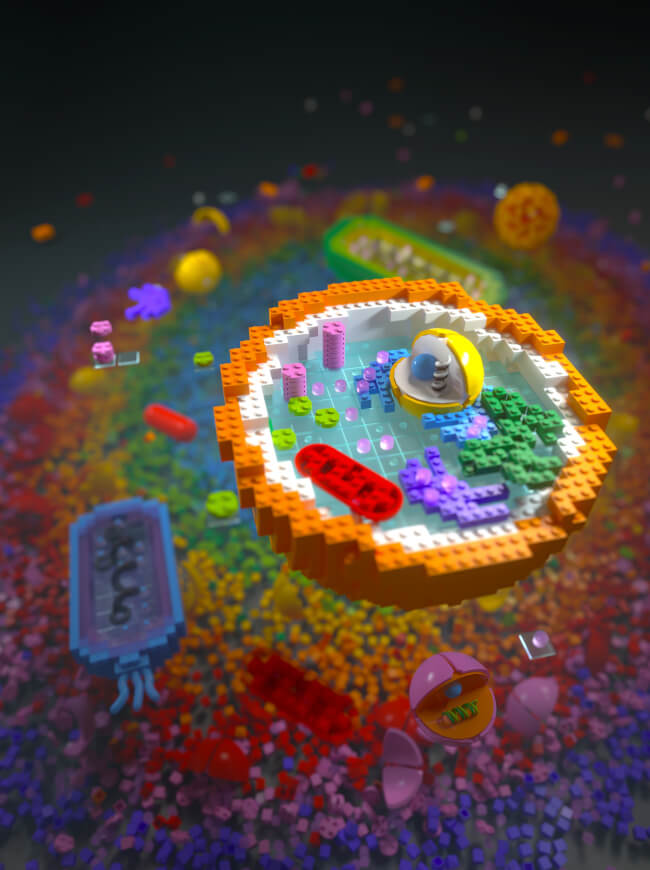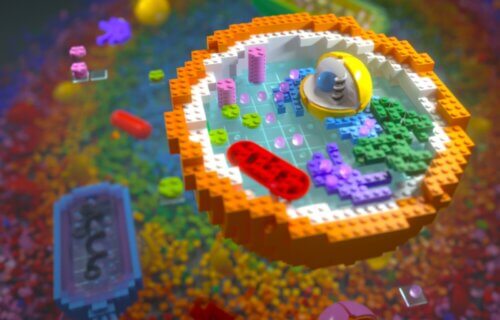GLASGOW, Scotland — Can one single theory explain everything in the universe? An international team of scientists is unveiling a new theory that seamlessly melds physics and biology. Dubbed the “Assembly Theory,” it offers a fresh perspective on understanding the emergence of complexity and evolution in nature.
The concept of Assembly Theory is built upon the team’s prior innovative work, where they devised an empirically backed approach that could potentially detect alien life or aid in evolving new life forms in a laboratory. The team previously assigned what they termed a “molecular assembly index” to molecules, which measures the molecule’s complexity based on the steps needed to create it. This index was particularly instrumental in identifying molecules that have their roots in life.
Delving deeper, their latest study brings forth a mathematical dimension to a term called “Assembly.” This term quantifies the level of selection needed to produce a range of complex entities, relying on their abundance and the above-mentioned assembly indices.
“Assembly Theory provides a completely new lens for looking at physics, chemistry and biology as different perspectives of the same underlying reality,” says study lead author Sara Walker, a theoretical physicist and origin of life researcher and professor from Arizona State University, in a university release. “With this theory, we can start to close the gap between reductionist physics and Darwinian evolution – it’s a major step toward a fundamental theory unifying inert and living matter.”

A major highlight of Assembly Theory is its applicability. It has proven effective in quantifying selection and evolution in a multitude of systems, ranging from basic molecules to intricate cellular structures. Moreover, it sheds light on both the emergence of new entities and the selection of pre-existing ones, leading to progressive enhancements in complexity, a feature inherent to life and technology.
“Assembly Theory provides an entirely new way to look at the matter that makes up our world, as defined not just by immutable particles but by the memory needed to build objects through selection over time,” says study co-lead author Lee Cronin, a professor and chemist from the University of Glasgow. “With further work, this approach has the potential to transform fields from cosmology to computer science. It represents a new frontier at the intersection of physics, chemistry, biology and information theory.”
What sets Assembly Theory apart is its potential to be experimentally tested.
“A key feature of the theory is that it is experimentally testable,” says Cronin. “This opens up the exciting possibility of using Assembly Theory to design new experiments that could solve the origin of life by creating living systems from scratch in the laboratory.”
In the realm of scientific research, Assembly Theory indeed ushers in a slew of intriguing queries at the convergence of physical and life sciences. It holds the promise of offering profound insights into the intricate physics that underpin biological intricacy and evolutionary innovation.
The study is published in the journal Nature.
You might also be interested in:
- Are we alone in the universe? Astronomy supergroup assembles to discover origins of life
- Are humans really evolution’s ultimate destination? Research shows we may be an accident
- We come in peace: Scientists and artists prepare for first contact with alien life


Let’s see a short, easily understood book on it.
Sounds to me like “syntropy” and “emergence theory” and Creative Evolution, ideas that have been around for more than a century. Old wine in new bottles.